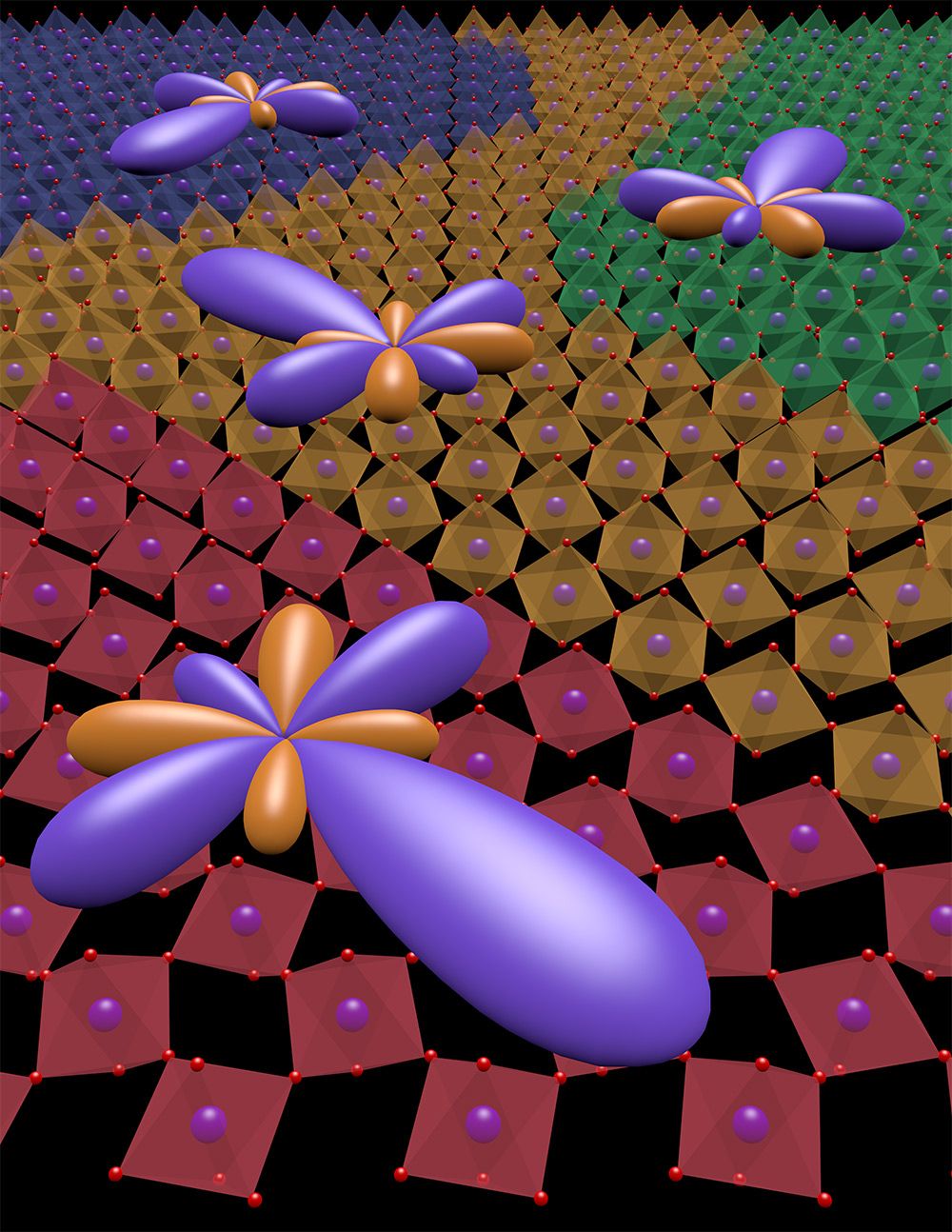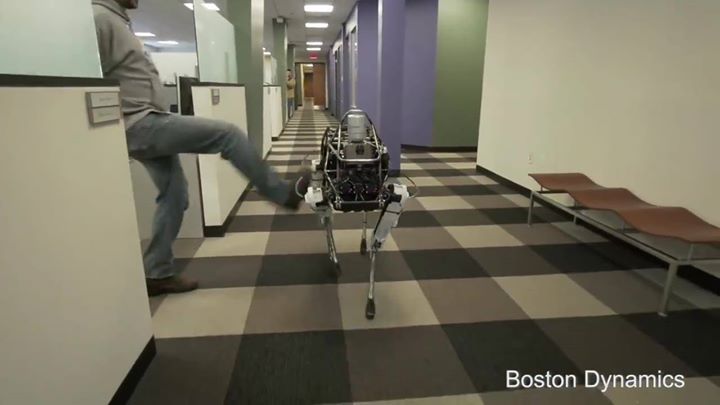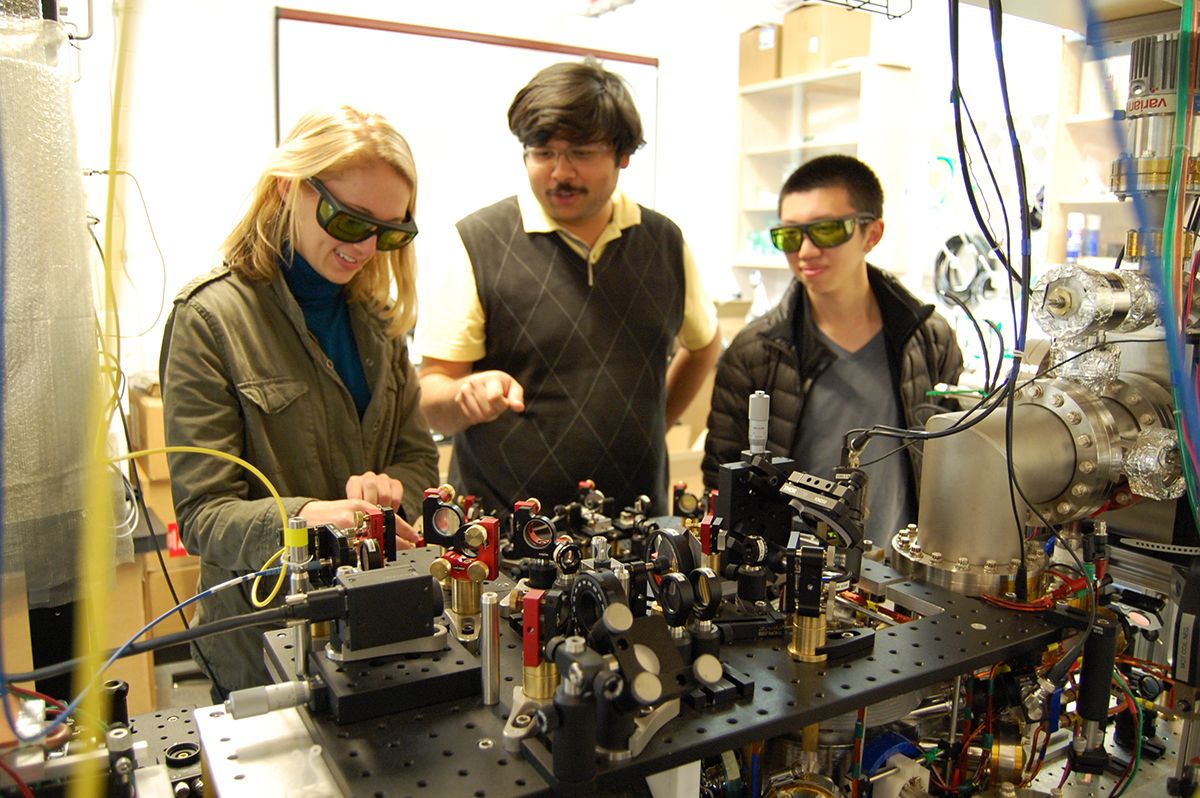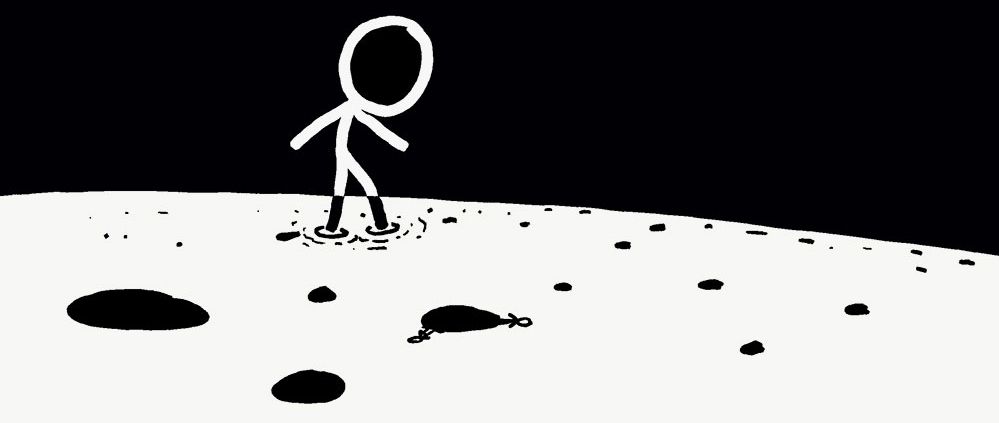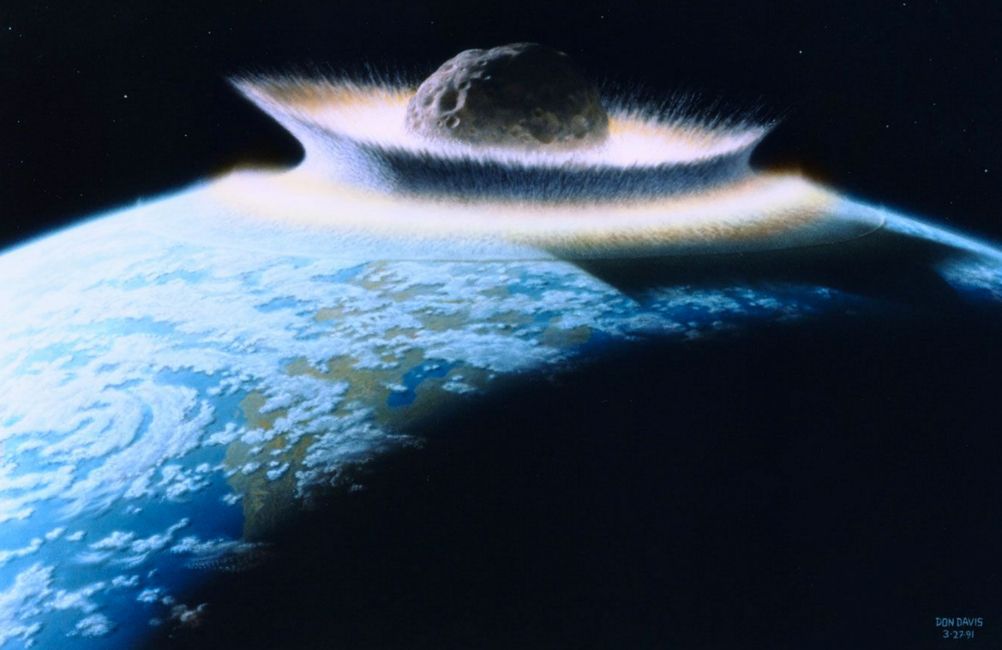Page 11605
Oct 26, 2015
Digital-savvy, eco-conscious drivers targeted at Tokyo Motor Show
Posted by Shailesh Prasad in categories: cyborgs, space, transportation
Toyota’s three-seater exoskeleton car and an electric vehicle with touch screens that turn it into a “digital space” are among the concept models that will be on display at the Tokyo Motor Show this week.
Oct 26, 2015
Physicists uncover novel phase of matter
Posted by Andreas Matt in categories: materials, physics
A team of physicists led by Caltech’s David Hsieh has discovered an unusual form of matter—not a conventional metal, insulator, or magnet, for example, but something entirely different. This phase, characterized by an unusual ordering of electrons, offers possibilities for new electronic device functionalities and could hold the solution to a long-standing mystery in condensed matter physics having to do with high-temperature superconductivity—the ability for some materials to conduct electricity without resistance, even at “high” temperatures approaching −100 degrees Celsius.
“The discovery of this phase was completely unexpected and not based on any prior theoretical prediction,” says Hsieh, an assistant professor of physics, who previously was on a team that discovered another form of matter called a topological insulator. “The whole field of electronic materials is driven by the discovery of new phases, which provide the playgrounds in which to search for new macroscopic physical properties.”
Hsieh and his colleagues describe their findings in the November issue of Nature Physics, and the paper is now available online. Liuyan Zhao, a postdoctoral scholar in Hsieh’s group, is lead author on the paper.
Oct 26, 2015
Future of robotics — Boston Dynamics
Posted by Josef Koch in categories: futurism, robotics/AI
Oct 26, 2015
‘Zeno effect’ verified—atoms won’t move while you watch
Posted by Josef Koch in categories: electronics, materials, particle physics, quantum physics
One of the oddest predictions of quantum theory – that a system can’t change while you’re watching it – has been confirmed in an experiment by Cornell physicists. Their work opens the door to a fundamentally new method to control and manipulate the quantum states of atoms and could lead to new kinds of sensors.
The experiments were performed in the Utracold Lab of Mukund Vengalattore, assistant professor of physics, who has established Cornell’s first program to study the physics of materials cooled to temperatures as low as .000000001 degree above absolute zero. The work is described in the Oct. 2 issue of the journal Physical Review Letters
Graduate students Yogesh Patil and Srivatsan K. Chakram created and cooled a gas of about a billion Rubidium atoms inside a vacuum chamber and suspended the mass between laser beams. In that state the atoms arrange in an orderly lattice just as they would in a crystalline solid.,But at such low temperatures, the atoms can “tunnel” from place to place in the lattice. The famous Heisenberg uncertainty principle says that the position and velocity of a particle interact. Temperature is a measure of a particle’s motion. Under extreme cold velocity is almost zero, so there is a lot of flexibility in position; when you observe them, atoms are as likely to be in one place in the lattice as another.
Oct 26, 2015
The XKCD Guide to the Universe’s Most Bizarre Physics
Posted by Matthew Holt in category: physics
Randall Munroe is the author of What If: Serious Scientific Answers to Absurd Hypothetical Questions, published in September.
Oct 26, 2015
An Unknown Manmade Object is Headed for Earth
Posted by Sean Brazell in category: space
It’s likely a rocket casing, but astronomers aren’t for sure from where. All they know is that in three weeks, it will burn up over the Indian Ocean.
It is hard, sometimes, to understand why anyone would waste time on a problem as academic as black hole information loss. And I say that as someone who spent a significant part of the last decade pushing this very problem around in my head. Don’t physicists have anything better to do, in a world that is suffering from war and disease, bad grammar even? What drives these researchers, other than the hope to make headlines for solving a 40 years old conundrum?
Oct 26, 2015
BioViva Presents: Alzheimer’s Disease and Gene Therapy
Posted by Steve Hill in categories: biotech/medical, health, life extension, media & arts, neuroscience
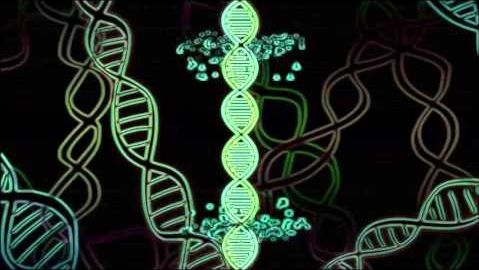
https://www.youtube.com/watch?v=O9dj1s3N4cE
Adam Alonzi has made another excellent film about the power of gene therapy.
Narrated and produced by Adam Alonzi. Music arranged by Leslee Frost. Sponsored by BioViva Sciences Inc.
Continue reading “BioViva Presents: Alzheimer’s Disease and Gene Therapy” »
Oct 26, 2015
Mass extinctions linked to comet and asteroid showers
Posted by Sean Brazell in categories: asteroid/comet impacts, existential risks
Equal parts interesting and disturbing.
Mass extinctions occurring over the past 260 million years were likely caused by comet and asteroid showers, a new study concludes. An artist’s illustration of a major asteroid impact on Earth. (credit: NASA/Don Davis)
Mass extinctions occurring over the past 260 million years were likely caused by comet and asteroid showers, scientists conclude in a new study published in an open-access paper in Monthly Notices of the Royal Astronomical Society.
Continue reading “Mass extinctions linked to comet and asteroid showers” »


